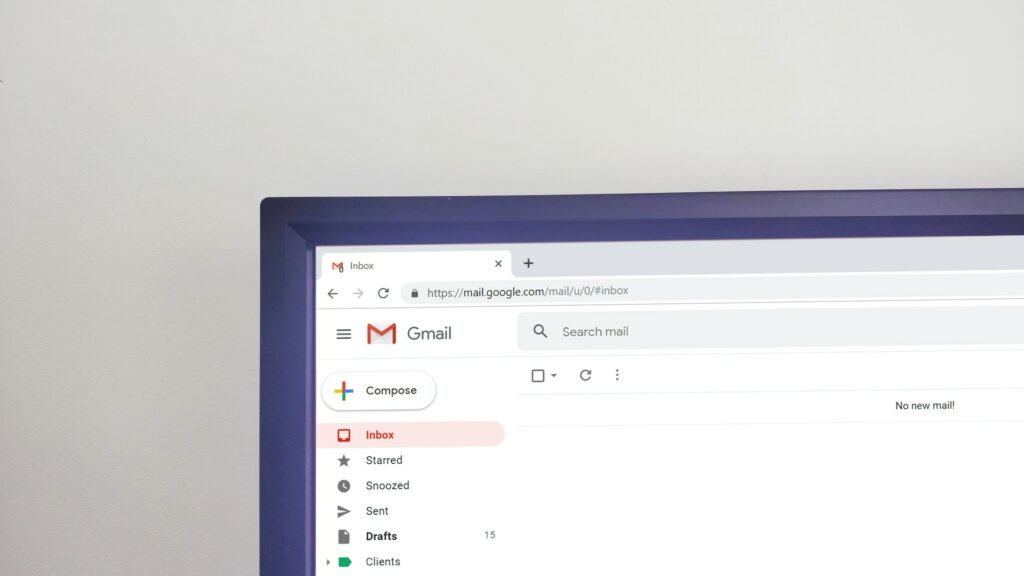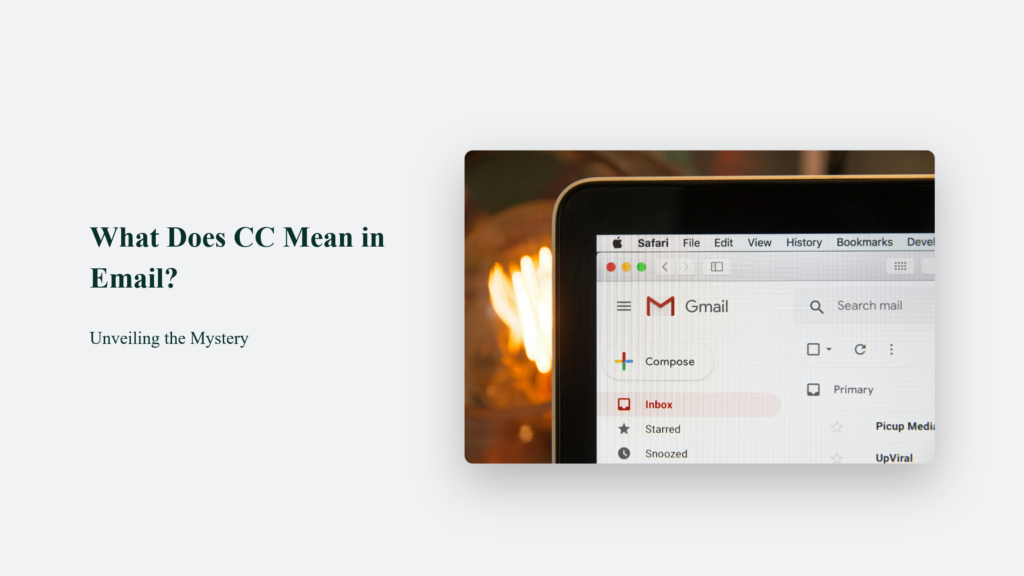

What Does CC Mean in Email? Unveiling the Mystery

As Seen On
In the digital era, where emails are as ubiquitous as the air we breathe, understanding the nuances of email etiquette is paramount. Among these nuances, the term “CC” often pops up, a relic from times when communication was not just a click away. This article aims to demystify what does CC mean in email, weaving through its historical roots to its modern-day application, ensuring that you, the reader, can wield this tool with finesse and confidence.

What Does CC Mean in Email? A Nostalgic Trip
The term “CC” stands for “Carbon Copy.” Originating from the days of physical paperwork, carbon paper was used between two sheets to create a copy of a document as it was written or typed. Fast-forward to the digital age and the CC function in emails mimics this process, allowing the sender to send a copy of the email to secondary recipients, making them aware of the correspondence without being the primary addressee.
Why CC Still Matters in Today’s Email Communication
Utilizing the CC function strategically can foster transparency and inclusivity within professional settings. It ensures that all relevant parties are kept in the loop, promoting a culture of openness and collaboration—however, overuse or misuse.
When to Use CC:
Fostering Transparency and Inclusivity
- Keeping Stakeholders Informed: Utilize CC when the objective is to keep certain individuals in the loop about ongoing conversations or decisions. It is particularly pertinent in collaborative projects or when updates are essential for the informed parties to know, even if their direct input is not required.
- Sharing Relevant Documents or Information: When you’re disseminating documents, reports, or any information that pertains to the work or interests of others, CC is your go-to. It signals that while the recipients are not the primary audience, the information is pertinent to them for reference, record-keeping, or to ensure alignment across departments or teams.
When to Refrain from Using CC
Avoiding Unnecessary Inclusion
- Defensive CCing: A common misuse of CC is the defensive inclusion of superiors to cover oneself in contentious or challenging situations. This approach can lead to a culture of mistrust and excessive surveillance, undermining team confidence and autonomy. Reserve the inclusion of higher-ups for instances where their awareness is crucial for decision-making, support, or escalation.
- Overburdening Inboxes: In today’s digital age, where information overload is a constant battle, indiscriminately adding individuals to the CC line can exacerbate the problem. Before hitting ‘CC’, ask yourself if the information is directly relevant to the recipient. Respecting your colleagues’ time and inbox space fosters a more thoughtful and efficient communication environment.
Strategic CC Use: A Sign of Professional Maturity
Understanding and implementing the nuanced use of CC in your email communications speaks volumes about your professional maturity. It reflects a considerate and strategic approach to information sharing, ensuring that transparency and inclusivity are balanced with respect for others’ time and attention.
Practical Tips for Effective CC Use
- Be Intentional: Every time you CC someone, have a clear reason why they are being included. Please mention why specific individuals are CC’d in the email body, especially if their inclusion is not self-explanatory.
- Seek Consent Where Appropriate: A quick verbal confirmation can prevent potential discomfort or misunderstanding in sensitive situations or when unsure about including someone in the CC line.
- Use BCC for Large Recipient Lists: When sending emails to a large group where recipients don’t need to see each other’s email addresses, use BCC (blind carbon copy). It preserves privacy and prevents accidental ‘Reply All’ scenarios.
- Educate Your Team: Foster a culture of effective email communication within your team or organization by sharing best practices for CC use. This collective understanding can significantly reduce email fatigue and enhance productivity.
The Bottom Line:
In conclusion, mastering the use of CC in emails is an essential skill in today’s digital communication landscape. It’s not just about keeping people informed; it’s about doing so in a way that is respectful, strategic, and effective. By understanding the nuances of CC, you can ensure that your email communication.
Frequently Asked Questions:
Is it appropriate to reply to all when I am CC’d on an email?
Typically, it’s advisable to reply only if your response adds value to the conversation. Otherwise, it’s better to reply only to the sender.
Can I CC someone after the email has already been sent?
You cannot CC someone on an already sent email, but you can forward the email to additional recipients with a note explaining the context.
What is the difference between CC and BCC?
CC sends a copy of the email to recipients that all other recipients can see. BCC (Blind Carbon Copy) sends a copy to recipients in a way that hides their email addresses from other recipients.
Konger
Up until working with Casey, we had only had poor to mediocre experiences outsourcing work to agencies. Casey & the team at CJ&CO are the exception to the rule.
Communication was beyond great, his understanding of our vision was phenomenal, and instead of needing babysitting like the other agencies we worked with, he was not only completely dependable but also gave us sound suggestions on how to get better results, at the risk of us not needing him for the initial job we requested (absolute gem).
This has truly been the first time we worked with someone outside of our business that quickly grasped our vision, and that I could completely forget about and would still deliver above expectations.
I honestly can't wait to work in many more projects together!
Disclaimer
*The information this blog provides is for general informational purposes only and is not intended as financial or professional advice. The information may not reflect current developments and may be changed or updated without notice. Any opinions expressed on this blog are the author’s own and do not necessarily reflect the views of the author’s employer or any other organization. You should not act or rely on any information contained in this blog without first seeking the advice of a professional. No representation or warranty, express or implied, is made as to the accuracy or completeness of the information contained in this blog. The author and affiliated parties assume no liability for any errors or omissions.

